| North Carolina's 189 Odonate species | ||||
|---|---|---|---|---|
| Sort Species by: Family Scientific Name [ Undocumented ] |
| Related Species in GOMPHIDAE: | Number of records for 2026 = 0 | |
| Photo Gallery for Brook Snaketail 6 photos are shown. | Other NC Galleries: Jeff Pippen Will Cook Ted Wilcox | ||
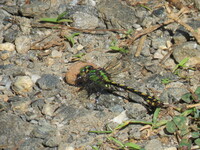 | Photo 1 by: Guy McGrane Comment: Watauga, 2025-05-23, Brookshire Park - Hilltop between switchbacks | 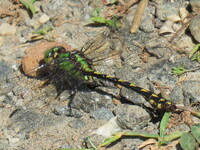 | Photo 2 by: Guy McGrane Comment: Watauga, 2025-05-23, Brookshire Park - Hilltop between switchbacks |
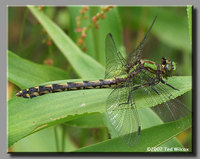 | Photo 3 by: Ted Wilcox Comment: Alleghany, 2007-06-13, New River State Park, female | 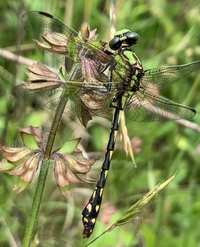 | Photo 4 by: Ted Wilcox Comment: Watauga, 2025-05-25, Brookshire Park, Boone NC, Upper loop in the field - Adult Male |
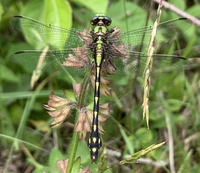 | Photo 5 by: Ted Wilcox Comment: Watauga, 2025-05-25, Brookshire Park, Boone NC, Upper loop in the field - Adult Male |  | Photo 6 by: Ted Wilcox Comment: Watauga, 2025-05-25, Brookshire Park, Boone NC, Upper loop in the field - Adult Male |
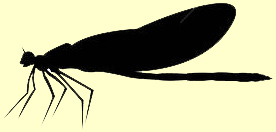
 »
»